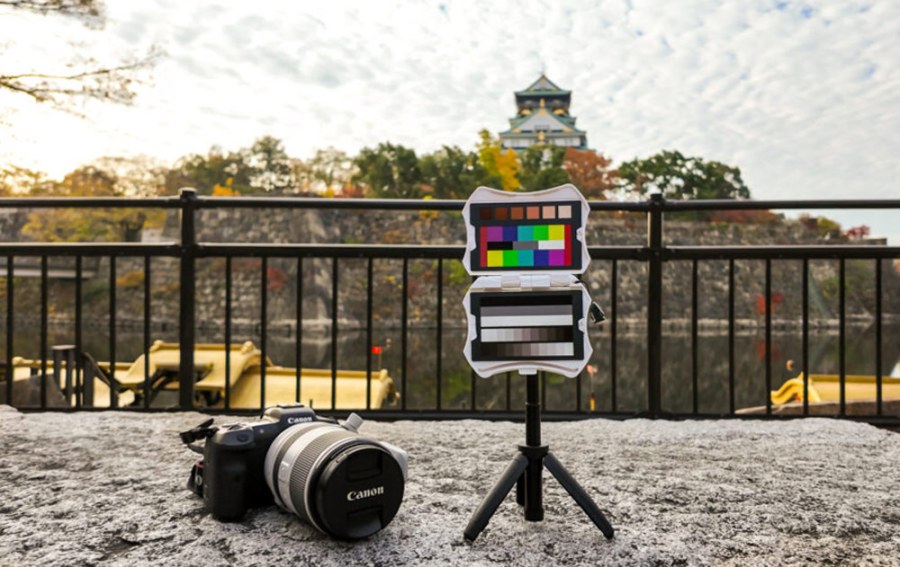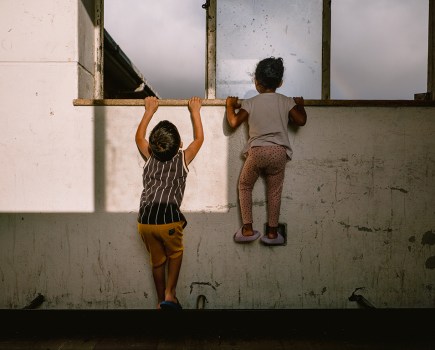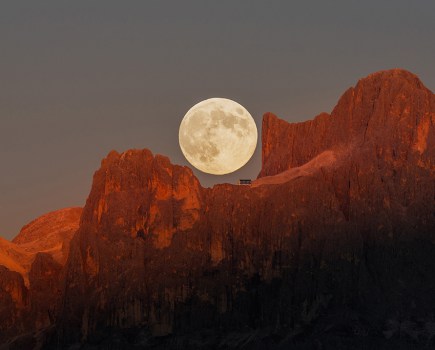In partnership with Datacolor.
There is a lot to think about when taking and editing photos, and it’s all too easy for both stills and video photographers to forget a crucial part of the process – effective colour management, or colour representation.
Put simply, this is all about ensuring that the colours are consistent in any body of work you produce. This becomes even more important if you are shooting for a client – a company may have an in-house colour style they want you to follow when shooting their products, for example, or a wedding couple might have given you a mood board as they want the shots of their happy day to have a particular look and feel.
Colour management sounds a complicated process but there are products out there to make the job much easily, notably Spyder Checkr Video from Datacolor. This is a great tool to ensure that the colours, contrast and white balance in your photos and videos are correctly adjusted for accurate, consistent results.

Spyder Checkr Video: key features
- The pack comprises five target cards in a protective, yet compact and portable, case. The case is ergonomically shaped, and helps ensure you don’t accidentally touch the high-gloss colour cards (you don’t want fingerprints to ompromise their colour accuracy or interfere with environmental light and reflections.
- Includes the Spyder Checkr Video’s unique Color Pattern Card, which is configured to the well-known Rec.709 standard. The patches on this card can later be used to adjust the colours within your editing software, by using the vectorscope tool. The high-gloss cards are slightly reflective, to make you aware of any reflections within the scene, and also helps to ensures your colours can be correctly adjusted in post production.
- A grey scale card, used to adjust the white balance and contrast of your footage at the editing stage. A standard grey card is also included, used for setting a custom white balance in your camera while on location, as well a focus star card for adjusting focus when working with manual focus lenses.
- A bonus set of color cards, specifically designed for photographers (if you’re a hybrid shooter, you can easily swap the grey and focus star cards for these).
The Spyder Checkr Video in real-world use
Enough of the technical specifications, to find out how visually creative people use the Spyder Checkr Video, we got some insights from Chris Martin Scholl, a German-based travel photographer and videographer. His work focuses on urban landscapes, architecture and lifestyle photography, so here’s how he got on with the Spyder Checkr Video on a recent trip to Japan.
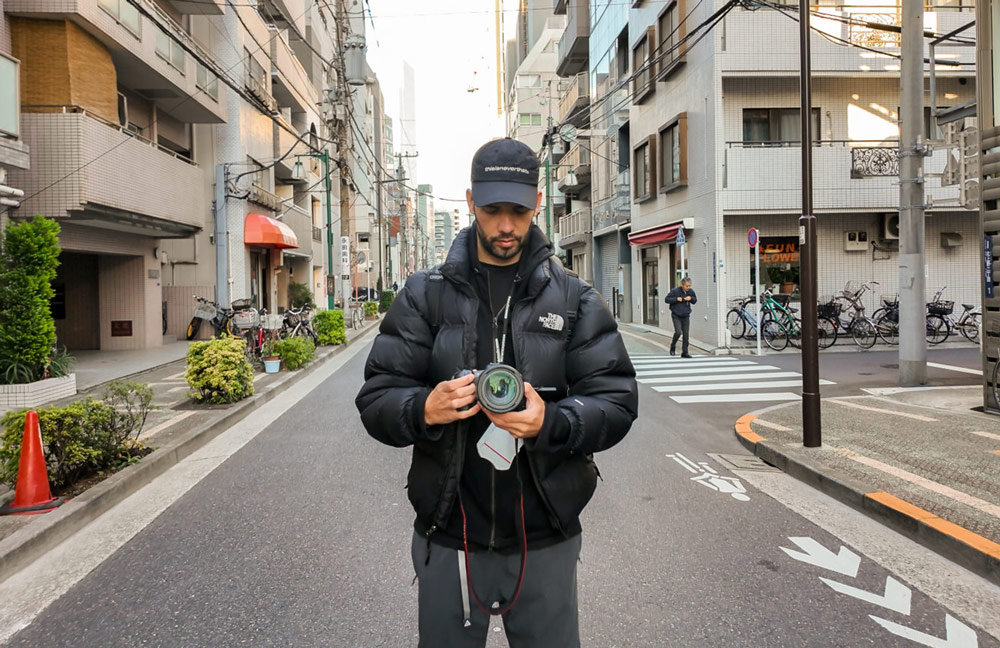
‘I was traveling with several camera systems for creating photo and video content,’ Chris explains. ‘I had my daily workhorse with me, the Canon EOS R5, along my Apple iPhone 13 Max Pro and the recently released DJI Osmo Pocket 3. A friend was also able to provide me with her Sony A7R III from time to time, so this was a nice range of gear to test the Spyder Checkr Video’s capabilities.’
All of these cameras have their own colour look, due to the manufacturer’s own profiles, different lenses and the built-in image sensors. So Chris was fascinated to see how well the different footage can be adjusted in post-production to look the same.
Mere seconds to get started
From the get-go, Chris was impressed how easy the Spyder Checkr Video is to use. ‘Once you’re ready to record, simply hold the Color Pattern Card and Greyscale cards of the Spyder Checkr Video in front of your camera setup and create a short reference clip. A few seconds are all you need.
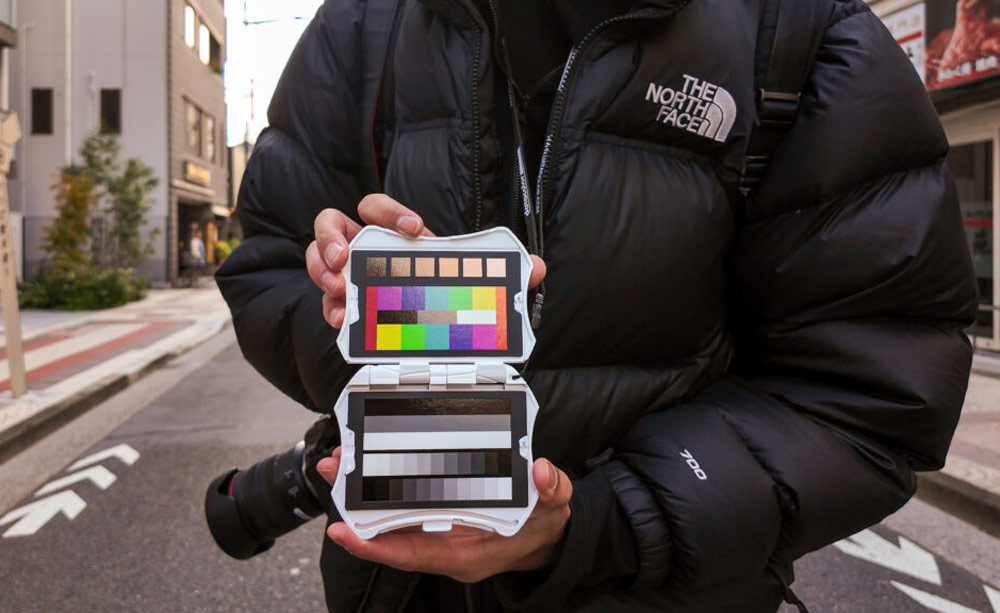
Just be sure to avoid reflections of any kind, in order to get the most accurate reading from the patches. The best way to do so is to tilt the Spyder Checkr Video cards ever so slightly in all directions, while recording. This makes it easy to select a suitable frame later in post-production.’
As Chris explains, you need to repeat this process of creating a short reference with every camera system you plan to use, or whenever you change the location or the lighting setup in your scene. Doing so ensures that you have different references to choose from for every situation in post-production.
Neat workarounds
If, like Chris, you are traveling solo, it might prove tricky to be able to hold the Spyder Checkr Video in front of the camera yourself. You might be working with a telephoto lens, for example, or when the scene to be captured is in the distance and affected by different light compared to where are you stood.
His solution is to use a Fidlock VACUUM system, which uses a wide selection of bases, cases and special adhesive patches to get around this issue.
‘I use the VACUUM Mini Tripod as a base and then attached one of the adhesive patches to the back of the Spyder Checkr Video case. This way I’m able to either use the Mini Tripod’s selfie stick function for more reach in front of the lens or I can simply place the Spyder Checkr Video somewhere in the scene on the tripod.’
A proper post-production time saver
Once he had his stills and footage, Chris turned to his favourite video editing program, DaVinci Resolve (though you can use any ‘non-linear’ editing software with Spyder Checkr Video).
Click here for Chris’s detailed guide to his editing process, but as you can see, his footage looks much better after correcting it based on the Spyder Checkr Video references.
Before: Kyoto Temple – Sony A7R III vs. Apple iPhone 13 Max Pro
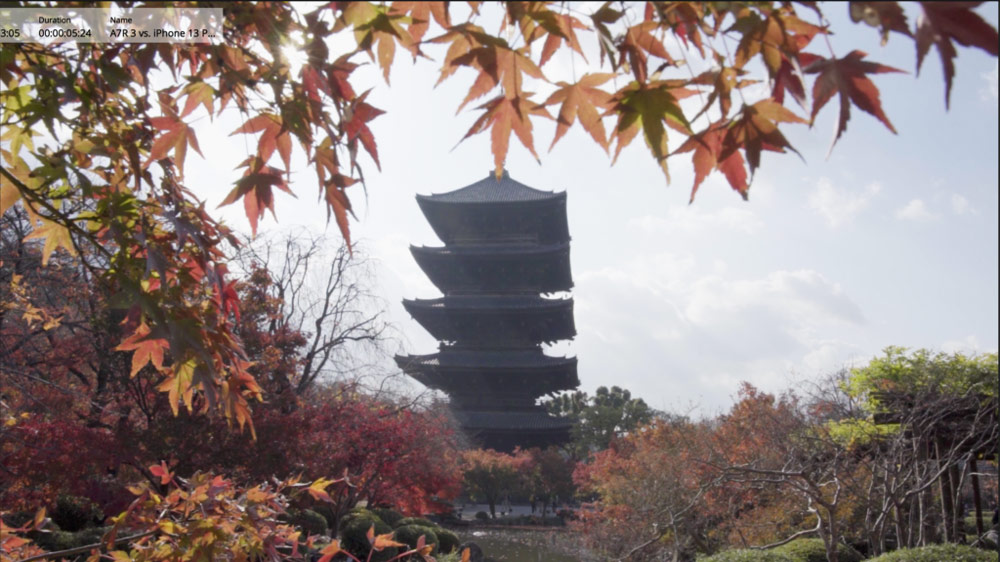

And after…
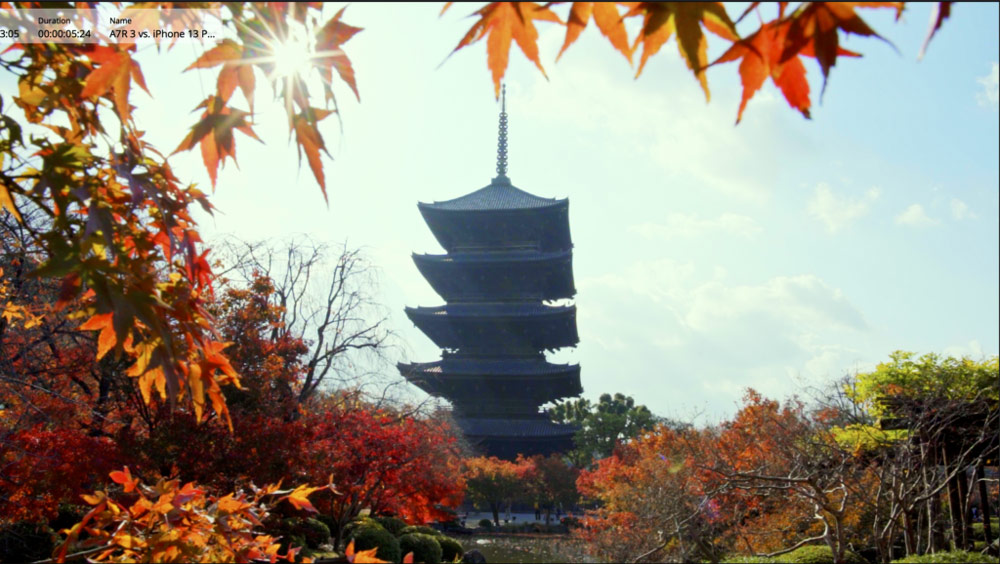
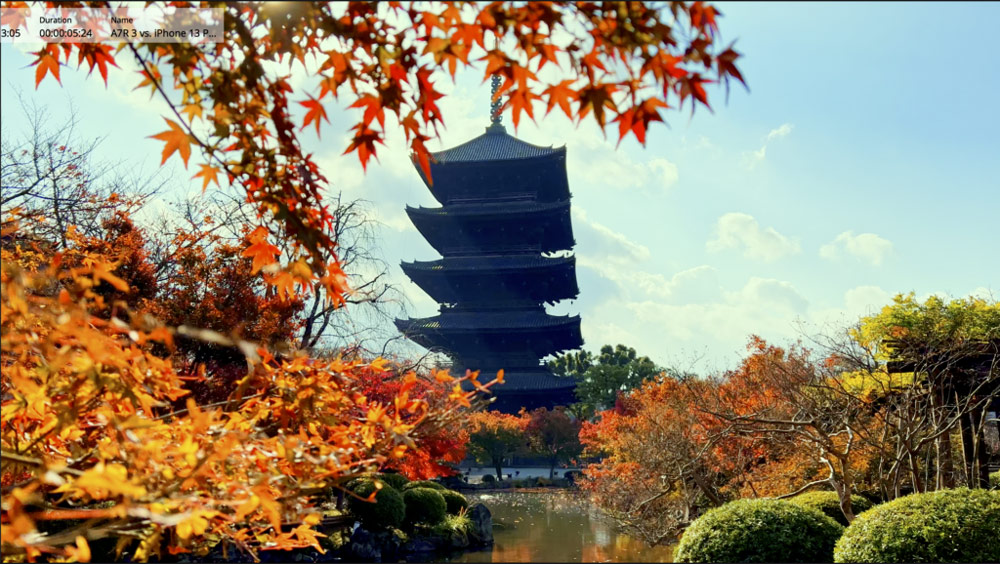
‘Not only do the clips look more vibrant and truer to real life, but the recordings from the different systems look basically identical to each other,’ Chris explains. ‘
Obviously, there can be some differences in the overall brightness, depending on your personal settings, but these can be adjusted very quickly. In terms of overall tonality and colours, the footage matches flawlessly now. Furthermore, all clips are now perfectly calibrated to the REC.709 standard and they can also be used interchangeably in a project without showing any significant differences to the viewer. I’m truly impressed!’
Don’t miss this exclusive offer
Video is one thing, but Datacolor also offers the Spyder Checkr Photo, exclusively designed for photographers. If you buy the Spyder Checkr Video, you get this for free, so here’s a rundown of its key features.

- Four ultra-matte color target cards with a comprehensive collection of color targets that includes 62 colours: 24 hues and six skin tones; 24 grey scales; two large grey scales; three white adjustments and three black adjustments.
- The interchangeable cards provide colour targets to guarantee consistency for all types of photography: expanded skin tones for portraits; large targets for easy white/grey balancing; 12-step grey scale for perfect exposure, greater definition and instant dynamic range check.
- The ultra-matte cards rich colours and deep blacks, ensuring low reflectivity for accurate and true colour calibration in any lighting conditions.
You can order the Spyder Checkr Photo and Video cards from here. Please note this exclusive ‘two for one’ offer ends May 31st, 2024.

